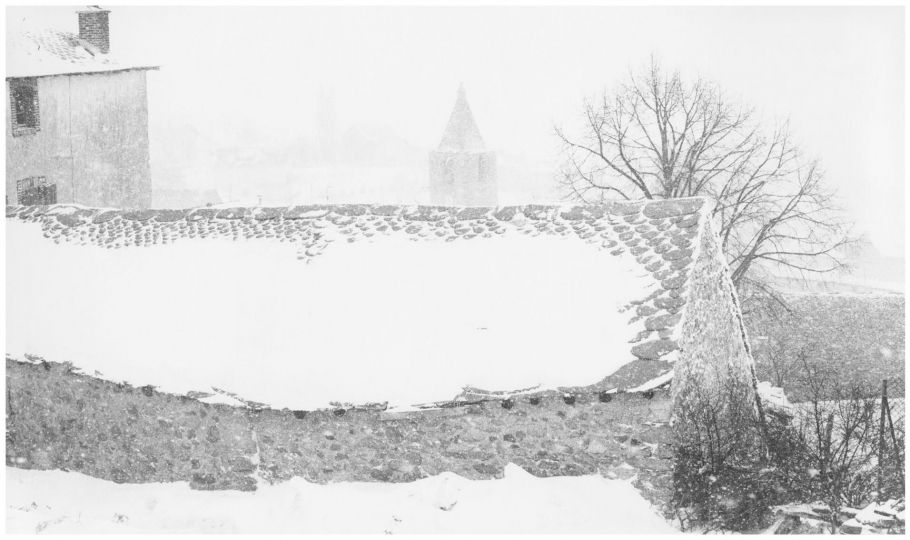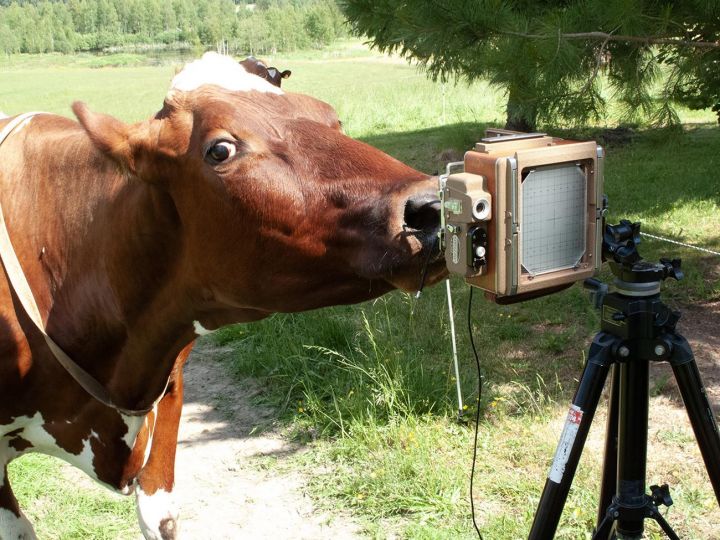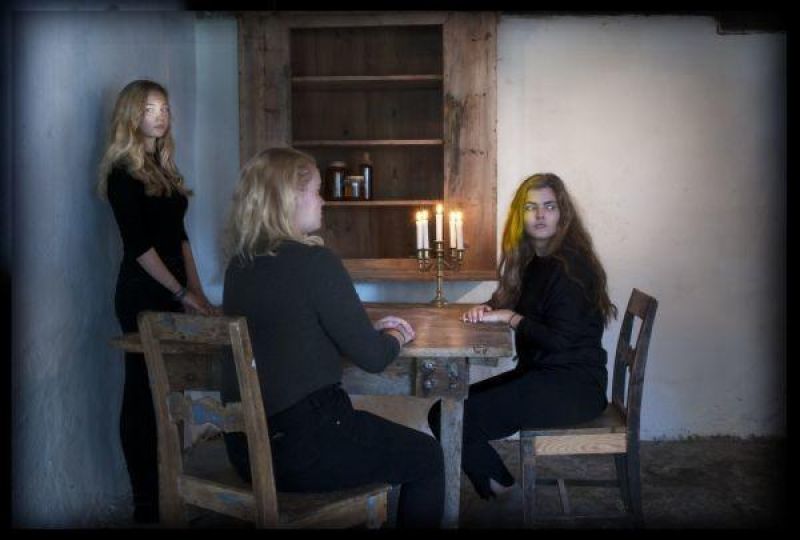Excerpt from the essay The Commons in the Age of Its Technological Reproducibility by Walead Beshty in the book accompanying the exhibition.
Woe to those who, to the very end, insist on regulating the movement that exceeds them with the narrow mind of the mechanic who changes a tire. —Georges Bataille
ON PHOTOGRAPHY
I am going to begin with a note about an exclusion. The exclusion of a term, both tenacious and hollow, that has loomed over the majority of my professional activities. A term that, in the vernacular, can be used to describe (and misdescribe) much of what comprises this book and the exhibition that it accompanies; a term that may very well appear in this volume with greater frequency than any other. While it has codified a number of significant debates in the twentieth century, inspiring some of the most ambitious and seminal writing on aesthetics—many examples of which are included here—its relevance now appears deeply limited. It is a term whose seeming matter-of-factness is no longer precise or provocative, that is, it neither accurately describes a set of practices we might call a discipline (for it is too archaic and arbitrary in its inclusions and exclusions, too dispersed in its methods), nor is it conceptually useful. For it offers neither a stable developmental trajectory, nor does it provide a frame—a device within which one may gather objects and ideas, and regard them with the complexity or specificity that our contemporary world demands. Instead it arbitrarily links together disparate objects with radically different conditions of production and reception, while producing distinctions between things that are intertwined historically and technologically. In short, the term fails us both practically and epistemologically. For more than a decade I have been drawn back to it over and again in attempts to understand its persistence in scholarship and in art; I have written numerous times on the organizational predispositions that perpetuate it, the intellectual problems it fosters, and the aesthetic practices it obscures or renders illegible. It is a term that I hope this volume allows me to leave behind as a minor category to be absorbed into a broader, more urgent historical trajectory, satisfied that the rich complexity it suffocates has been, at least in part, addressed.
Walead Beshty
Picture Industry: A Provisional History of Technical Image, 1844-2018
Until January 6, 2019
Luma Arles
Parcs des Ateliers
45 Chemin des Minimes,
13200 Arles
















